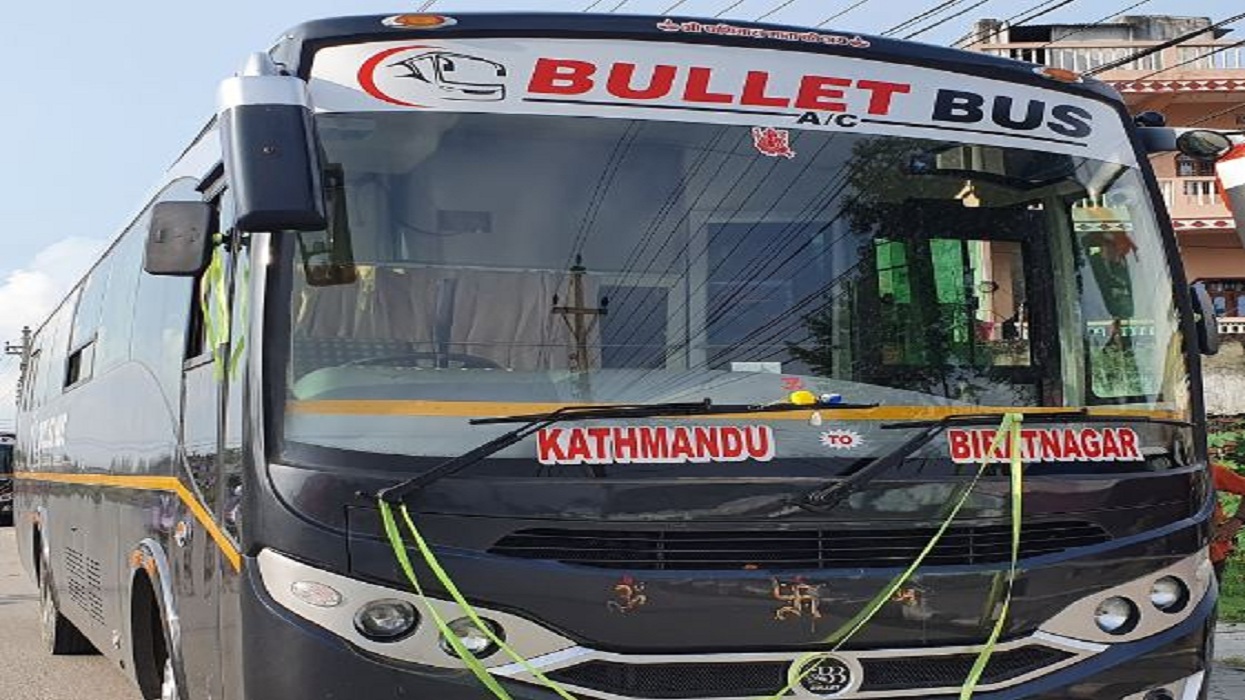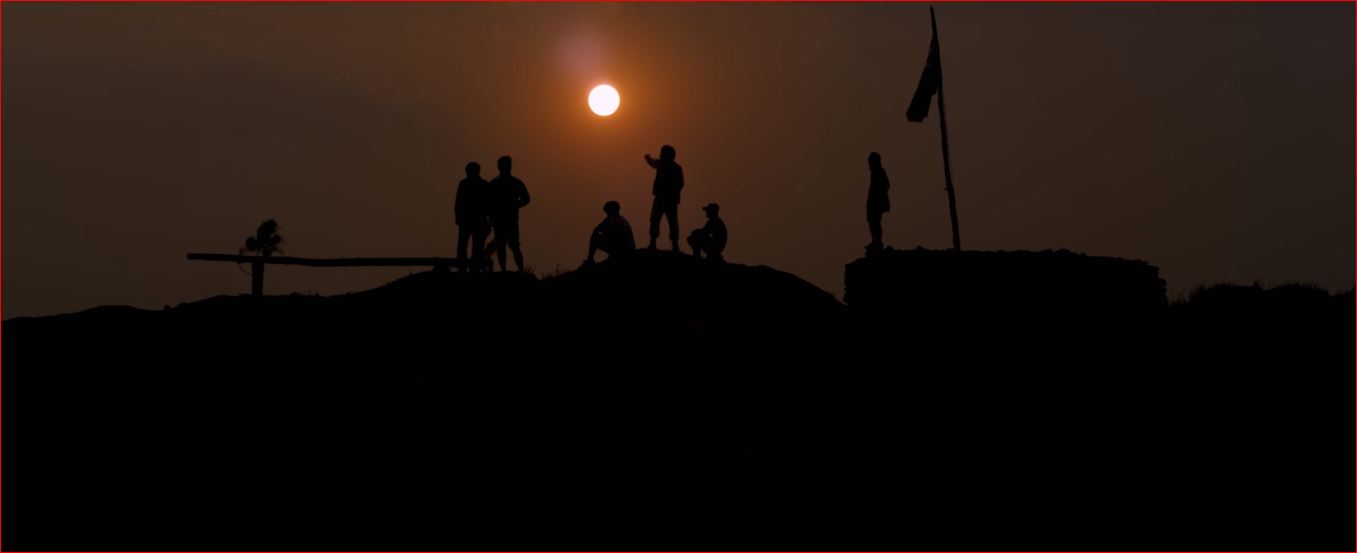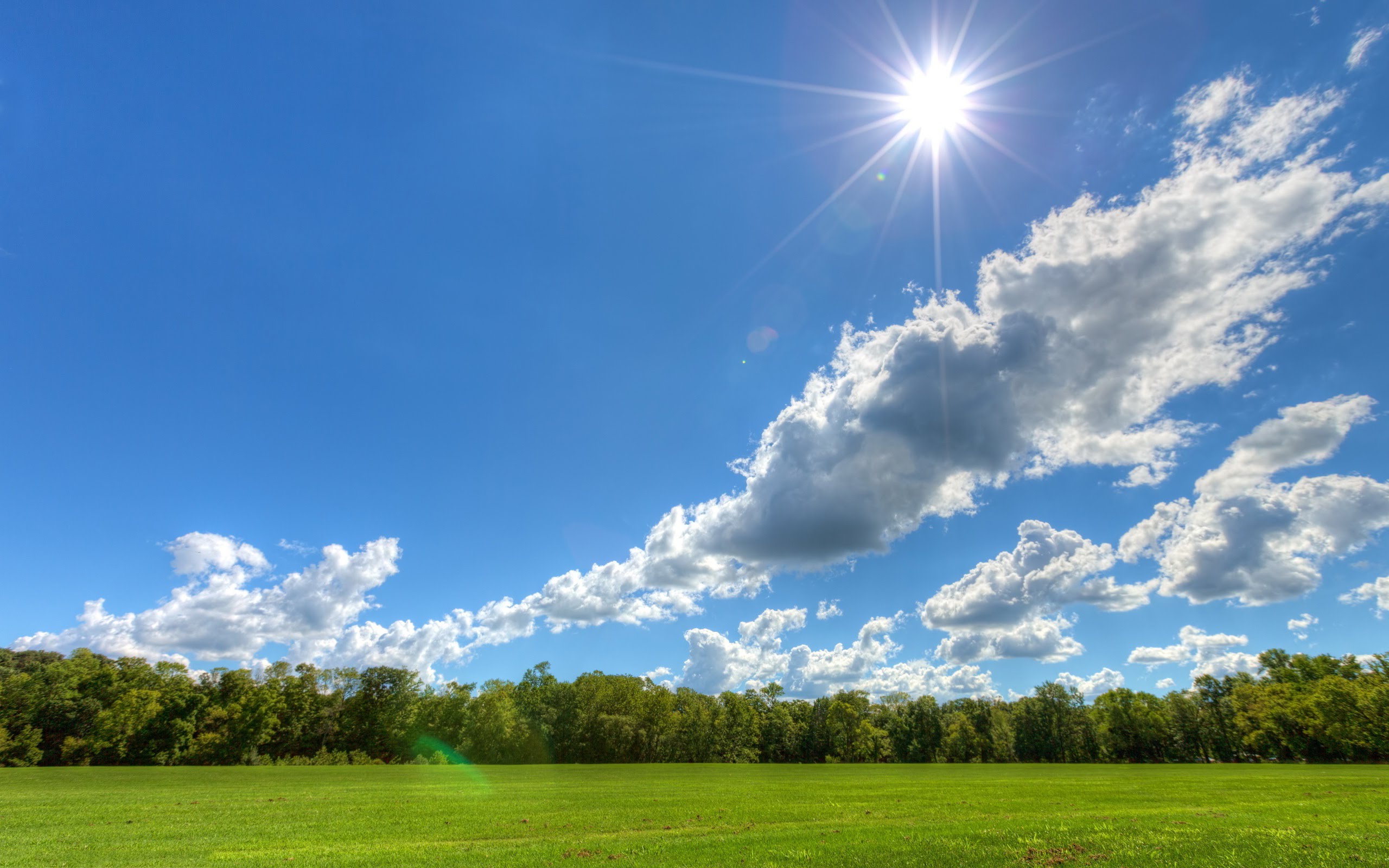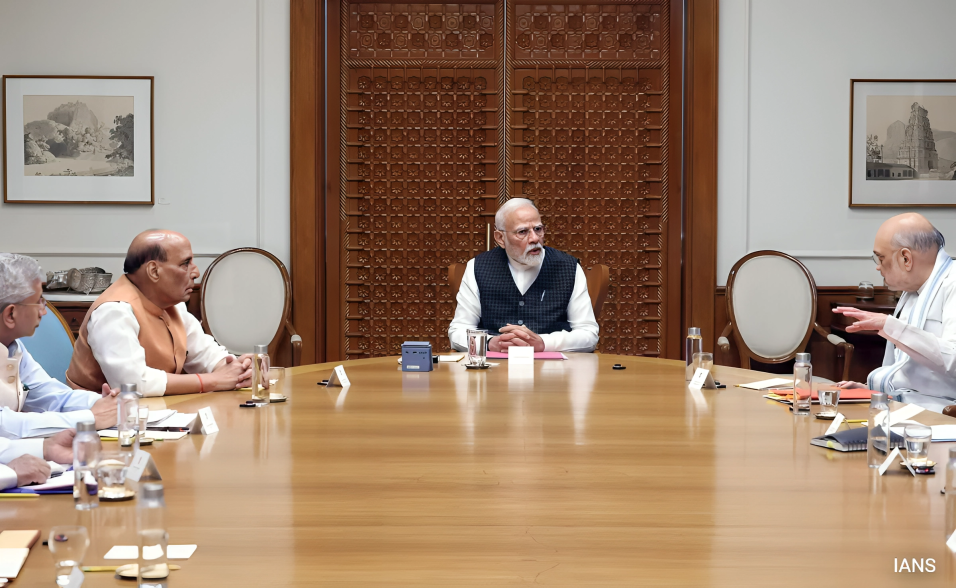Hills above Dharan witness rapid rise of hotels & parks
However, the tourism landscape around Dharan is evolving. Now, visitors no longer need to travel all the way to Bhedetar.
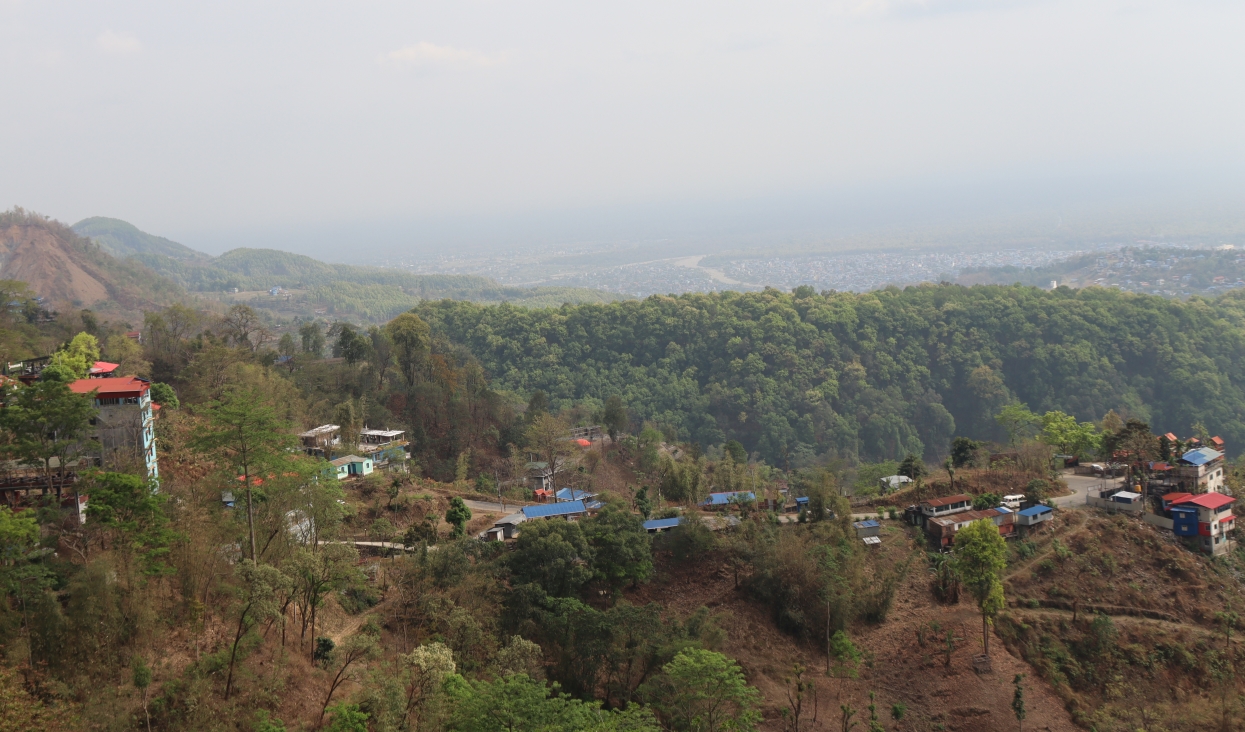
KATHMANDU: For years, travelers heading to Dharan would naturally extend their journey to enjoy the chilly ambiance of Bhedetar.
The twin destinations had become synonymous with one another, offering scenic escapes from the hustle of daily life.
As poet Upendra Subba highlighted in his poem Bhedetar’s Picnic, the area’s tourist infrastructure has long captivated people of all ages.
However, the tourism landscape around Dharan is evolving. Now, visitors no longer need to travel all the way to Bhedetar.
Picturesque, serene, and appealing hotels and resorts have emerged on the lower hills surrounding the city, attracting both local and long-distance tourists with quality service and natural beauty.
Dharan Sub-Metropolitan City Ward No. 13—particularly areas like View Point and Sarang Danda—were once desolate forests. Today, they are teeming with newly built hotels, resorts, and beautiful parks.
These developments have triggered a tourism boom, with over 40 hotels, resorts, and restaurants now operating in the area, alongside dozens of newly constructed parks.
According to local entrepreneurs, tourists from Nepal and neighboring India are now visiting these spots in significant numbers.
Neeraj Koirala, a local resident of Dharan-13, shared that the city’s evening business and nightlife are gradually shifting towards the hills. “Just a few years ago, these places were silent jungles used mainly for cattle grazing and gathering firewood,” he recalled.
As these once-barren hills transform into lively tourist hubs, new employment opportunities have also emerged for locals. “Known as the city of soldiers, fashion, and sports, Dharan is now establishing itself as a hub of entertainment,” Koirala added. The flourishing hotels, resorts, and amusement parks are a reflection of this change.
Recognizing the area’s tourism potential, both local and outside investors have increased their stakes in the hospitality sector. One such investor is Sunil Shrestha, who returned to Nepal after working 14 years in Qatar. Shrestha now operates ‘The Hotel View’ in Dharan-13, applying the skills, discipline, and business acumen he acquired abroad.
“Initially, I was worried that the business might fail, especially given the large investment. But despite the early challenges, the hotel is doing well now. That success has motivated me to invest further. We are trying to attract both domestic and foreign tourists while preserving Dharan’s natural beauty,” he said. Shrestha’s hotel, run with family involvement, is built on three katthas of land with an investment of around Rs 10 million (approx. USD 75,000) and currently employs 17 people.
Sameer Pariyar, who has worked at The Hotel View for the past three years, said, “If I hadn’t found this job, I might have migrated abroad. I’m earning decently here and spending quality time with my family. Welcoming guests, both Nepali and foreign, at our local hotels makes me proud.”
Suzen Rai, manager of Hotel Manshanta, noted that while the COVID-19 pandemic had severely impacted business, tourism has been gradually recovering. “Now, the influx of tourists is increasing daily. It’s an encouraging sign for the hospitality sector,” he said.
With a steady stream of tourists, Dharan’s hillside hotels and parks are booming. The cool weather, peaceful environment, and scenic charm are drawing visitors eager for a break from the crowded city. According to Sumi Rai, a visitor from Itahari, “The hotels and resorts around Dharan are truly enchanting. From here, you can see the Dharan bazaar, the flatlands of Sunsari, the Koshi River, Charkose forest, and Chindedanda. The cool breeze and natural beauty make it a perfect escape.”
Just a few years ago, only a handful of resorts dotted the landscape, but now, the hills are filled with hospitality establishments. “We came here to enjoy the peaceful and scenic environment, and it’s been wonderful. I’d recommend this place to all my friends,” Sumi added.
The area is also increasingly popular among Indian tourists, especially in hotels and fast-food outlets scattered across Dharan’s hills.
Previously, most tourists would go straight to Bhedetar or Namje in Dhankuta, but the rise of local hotels and resorts has shifted that trend.
According to Jesis Rai, operator of Hotel Sarang in Dharan-13, around 40% of tourists now visiting the area are from India.
Rai believes that with further infrastructure development and recreational facilities, the local tourism industry could flourish even more.
Once dense forests and crime-prone areas, the hills around Dharan were unsafe to visit even during daylight. Drug abuse and theft were rampant, and people avoided traveling these roads after dusk.
Now, thanks to development and lighting, the area remains lively even at midnight. “Seeing the hills lit up with hotels and resorts makes us feel proud. These businesses have created hundreds of jobs for local youth. With more infrastructure on the way, this area is now a must-visit destination for anyone coming to Dharan,” said local resident Padam Rai.
One major attraction is the Osho Park in Dharan-13, which is rapidly becoming a center for both domestic and international tourists.
Located about 6 km uphill from Bhanuchowk—the main market of Dharan—the park is surrounded by other attractions like SDB, Rock Garden, and BP Park, all developed through community efforts.
Visitors are enchanted by the blooming flowers and green surroundings. Sandeep Limbu from Panchthar shared his experience, “Five to seven years ago, this place was just wild forest and gravel. Now it’s a beautiful park. We’re also planning to develop more picnic spots and eco-parks that showcase local culture.”
According to Netra Kafle, Ward Chairperson of Dharan-13, “We’ve been actively facilitating and regulating the construction of new hotels and parks. Our metropolitan office has a comprehensive plan for the conservation and development of northern Dharan. The goal is to integrate this area into the broader identity of Dharan’s natural beauty.”
Tourists from Sunsari, Morang, Jhapa, Biratnagar, and other parts of Nepal are increasingly visiting the area.
Family gatherings, outings, and birthday celebrations are becoming popular events in the hills. Local hotels offer authentic Nepali cuisine, indigenous ethnic dishes, and specialties like Dharane Kalo Bungur (black pig) sekuwa, sukuti (dried meat), and tongba (millet-based alcoholic drink), providing a unique culinary experience for guests.
As Dharan’s hills continue to develop, they are transforming into one of eastern Nepal’s premier destinations for nature, leisure, and cultural tourism.

